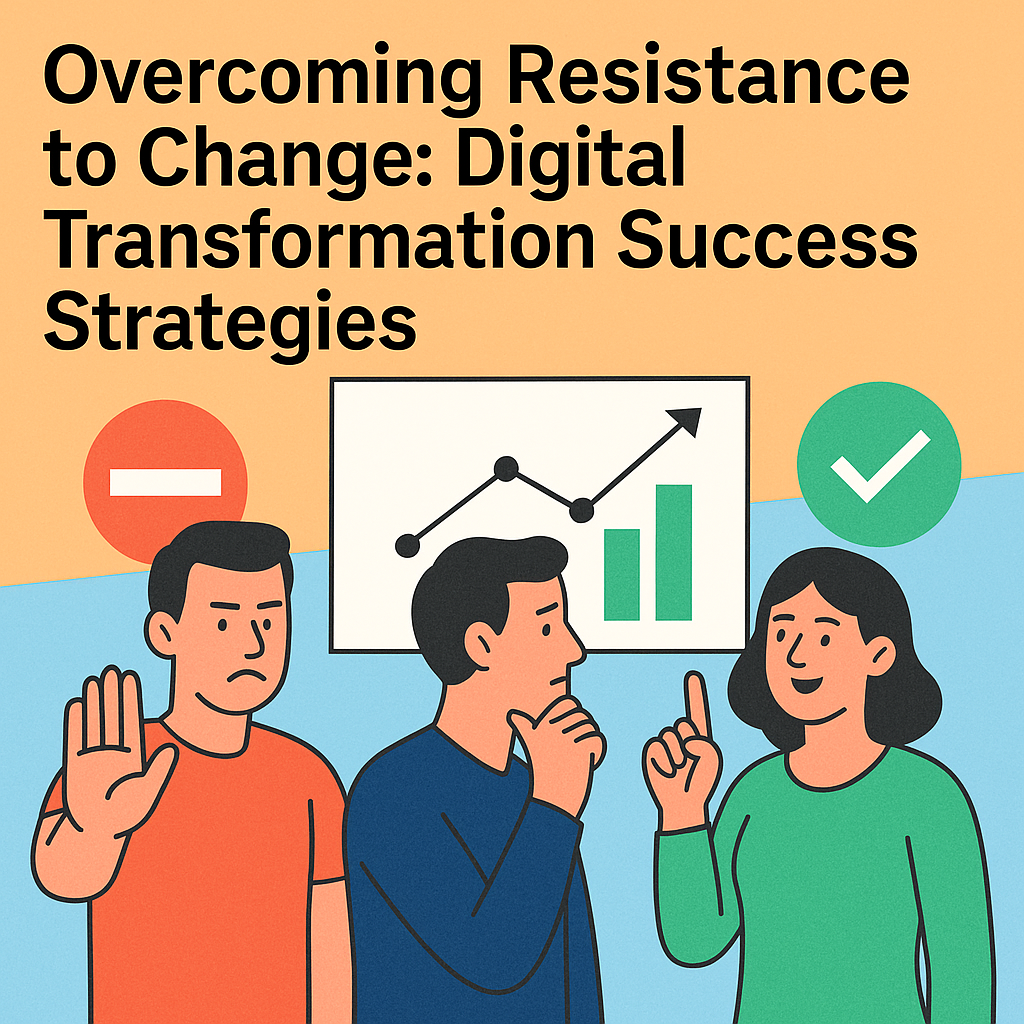Like most organisations, yours probably relies upon a combination of modern tools and legacy systems to keep things running smoothly. On the surface, everything may appear to work well, but underneath, there are likely some hidden challenges, ones that gradually drain resources and stifle innovation. These are technical debt, legacy software and feature paralysis.
If left unaddressed, they will slow down performance, hinder your team, and limit your ability to adapt to change. The challenge isn’t just keeping up with technology; it’s managing the cost of holding onto outdated systems and the shortcuts taken to deliver solutions quickly. The longer these problems are ignored, the greater the impact on your efficiency, your team, and your ability to stay competitive.
So, what exactly are technical debt and legacy software, and how can you manage them effectively?
What is Technical Debt?
Technical debt occurs when compromises are made in building your software eco system to speed up delivery. It’s like choosing a quick fix over a long-term solution, knowing you’ll need to come back and improve things later. While it can seem like a necessary trade-off at the time, this debt builds up over time, creating a ripple effect that impacts your business.
For example, opting for a quick workaround, or shortcuts will lead to systems that are harder to maintain and less reliable. You might skip documenting a configuration or process, or use a ‘hack’ or 'work around' to integrate systems, only to find that these decisions create bottlenecks down the line. Over time, these issues accumulate, leading to higher costs, slower innovation, and fragile systems. Just like financial debt, technical debt has interest that grows.
"Businesses often take on technical debt knowingly, just like individuals might take on credit card debt. Choosing speed or cutting costs today, despite knowing it will cause problems down the road. "

Understanding Legacy Software
Legacy software refers to systems that are outdated but still in use because they perform essential tasks. However, these systems come with their own challenges like a lack of vendor support, difficulty in integrating with newer technology, security vulnerabilities, and an inability to mirror new processes to name a few.
An older custom-built platform, a CRM that hasn’t been updated for years or a familiar finance package may still get the job done, but at what cost? Legacy systems often become barriers to growth. They make it harder to adapt to new demands, prevent the adoption of cutting edge tools, and pose operational risks as they age.
The Trap of Feature Paralysis
A lesser-known challenge is feature paralysis. This is when users becomes so dependent upon a platforms existing features that the platform finds making wanted changes feel almost impossible without disrupting how people work. This isn’t just a problem for small businesses; we all use platforms daily from major players like Microsoft or major CRM systems where we rely upon the familiarity of the status quo to power our day.
As organisations build their daily operations around specific features, changing or improving them is going to cause disruption. This dependence often traps platforms in a state of stagnation, even as user needs evolve and newer, more efficient technologies emerge they can't react and change.
The alternative for the platform is to add every new feature as another stand alone item, creating feature behemoths that make it difficult for users to achieve their goals.
“Imagine a software with over a billion users, like Microsoft Office. Even a small change that impacts just 0.1% of those users still affects over 1.2 million people. That’s a massive group who are dependent upon features built into their daily workflow, making even minor updates a significant risk. This is the essence of feature paralysis—being trapped by the very features that made the software successful, because altering them could disrupt millions of users.”
The Hidden Costs
The combination of technical debt, legacy software and feature paralysis weighs heavily on businesses in several ways:
- Slower innovation: Every change takes longer as debt accumulates, making it more challenging to respond to new opportunities.
- Rising maintenance costs: More resources are spent on maintaining and fixing outdated systems, leaving little room for innovation.
- Talent retention issues: Users prefer working on modern systems. If your tech stack is outdated, it can be difficult to attract and retain top talent.
- Operational risks: Old systems and technical debt introduce security vulnerabilities, system failures, and data breaches, exposing your business to unnecessary risks.
- Missed opportunities: Being stuck with outdated tech means missing out on tools that could streamline your operations, improve customer experiences, or open new revenue streams.

How to Take Control
While these challenges are inevitable to some extent, they can be managed proactively. Here’s how you can take back control:
- Audit your technology stack: Start by reviewing your systems to identify where technical debt, legacy software and feature paralysis are creating problems. Understanding where these issues exist will help you prioritise what needs attention.
- Create a modernisation plan: Develop a roadmap to address technical debt, modernise legacy systems and identify critical features and functions. This might involve updating or replacing older platforms, moving to the cloud, or adopting new technologies like machine learning and AI.
- Allocate resources: Set aside time, budget, and people to address these challenges. Treat managing technical debt as a critical part of your technology strategy, not a “nice-to-have.”
- Encourage best practices: Build a culture where your team prioritises clean, maintainable systems and keeps documentation up-to-date. The earlier you catch potential issues, the easier they are to manage.
- Communicate with stakeholders: Ensure that leadership understands the long-term importance of managing these challenges. By being open about the risks and trade-offs, you can build a business case for investing in solutions.
- Automate and partner with experts: Map and visualise your processes as well as automating parts of your build and implementation (like testing and deployments) reducing technical debt from building up. Consider working with specialists who can help modernise your systems, bringing in fresh perspectives and expertise (like Yopla).
"It's more effective to document decisions in advance, but more often than not businesses don't. So facing up to the need to do this retrospectively is crucial."
Future-Proofing Your Business
Managing all of this is an ongoing process, but tackling these issues now will set you up for success in the future. As we all increasingly rely on technology, having a flexible and scalable tech stack is critical. By auditing your systems, fostering best practices, and planning for modernisation, you will start to mitigate hidden costs and create a stronger foundation for growth.
Taking control today will help you reduce risks, lower costs, keep your organisation agile, and ready to seize new opportunities as they arise.








